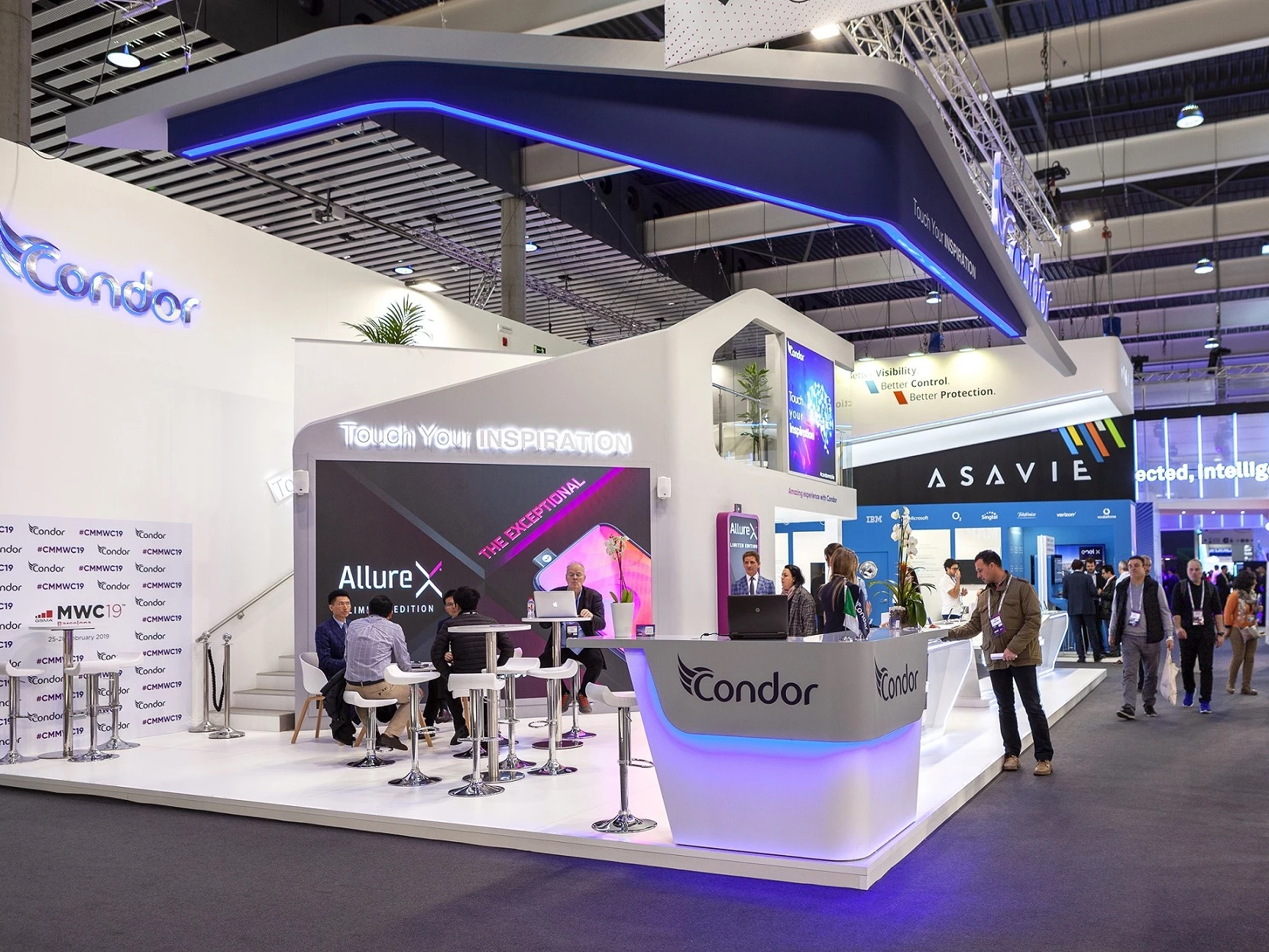Bespoke Exhibition Stand Design:
Designing a Bespoke Exhibition Stand Design includes numerous key factors to ensure it efficiently represents your brand, attracts visitors, and improves your exhibition presence. Here are the reasonable factors to consider:
Brand Individuality and Messaging
Consistency:
Ensure the stand design aligns with your brand’s identity, using consistent colours, logos, fonts, and imagery.
Clear Messaging:
The stand should clearly convey your key messages and value propositions, making it immediately apparent what your brand offers.
Unique Brand Elements:
Incorporate unique aspects of your brand to make your stand memorable and distinctive.
Objectives and Goals
Purpose:
Define the primary purpose of your stand. Is it for lead generation, brand awareness, product launches, or networking?
Measurable Goals:
Set specific, measurable goals for the exhibition, such as the number of leads, meetings, or product demonstrations.
Target Audience
Understanding Visitors:
Know your target audience and design your stand to appeal to their preferences and interests.
Engagement:
Plan interactive elements and experiences that will engage your audience and encourage them to spend more time at your stand.
Layout and Space Utilization
Flow:
Design the layout to facilitate smooth visitor flow, avoiding congestion and ensuring easy navigation.
Zoning:
Create different zones for various activities, such as product displays, demonstrations, meeting areas, and storage.
Accessibility:
Ensure the stand is accessible to all visitors, including those with disabilities.
Visual Appeal
Attention-Grabbing Design:
Use bold, eye-catching designs to attract visitors from a distance.
Lighting:
Incorporate strategic lighting to highlight key areas, create ambience, and draw attention to specific products or messages.
Graphics and Signage:
Utilise high-quality graphics and clear signage to enhance visual appeal and provide necessary information.
Functionality
Practicality:
Ensure the stand is practical for both staff and visitors, with adequate space for product displays, storage, and visitor interactions.
Comfort: P
provide comfortable seating areas for meetings and discussions, and consider visitor amenities like charging stations or refreshment areas.
Ease of Assembly and Disassembly:
Design the stand for easy setup and takedown, considering the time and labour involved.
Technology Integration
Interactive Displays:
To engage visitors, use touch screens, virtual reality, augmented reality, and other interactive technologies.
Audio-Visual Elements:
Incorporate videos, animations, and sound to create a dynamic and immersive experience.
Connectivity:
Ensure reliable Wi-Fi and charging points for both staff and visitors.
Sustainability
Eco-Friendly Materials:
Use sustainable materials and environmentally friendly practices in the stand’s construction and design.
Energy Efficiency:
Implement energy-efficient lighting and technology.
Waste Reduction:
Plan for minimal waste production and consider options for recycling and reusing components.

Budget
Cost Management:
Balance design aspirations with budget constraints, ensuring a high-impact stand within your financial limits.
ROI Consideration:
Consider the potential return on investment (ROI) when allocating a budget for different design elements.
Compliance and Safety
Regulations:
Adhere to all exhibition venue regulations and standards, including height restrictions, fire safety, and accessibility requirements.
Health and Safety:
Ensure the stand is safe for both staff and visitors, with secure structures and clear emergency exits.
Staff Training and Engagement
Knowledgeable Staff:
Train your staff to engage with visitors, providing knowledgeable and friendly service effectively.
Staff Comfort:
Design the stand to provide your staff with comfortable working conditions, including seating and storage for personal items.
Post-Event Strategy
Data Collection:
Plan for data collection methods, such as lead capture systems, to track visitor interactions and follow up after the event.
Feedback:
Gather feedback on the stand’s effectiveness and visitor experience to inform future improvements.
Importance of Trade Show Stand Design:
Trade show stand design is crucial for several reasons:
First Impressions:
A well-designed stand attracts attention and creates a positive first impression, making your brand memorable among competitors.
Brand Identity:
Consistent design elements reinforce brand identity, helping visitors recognise and remember your company.
Visitor Engagement:
Engaging designs with interactive elements, clear messaging, and strategic layouts encourage visitors to explore your stand and learn about your products or services.
Differentiation:
A unique and innovative stand design sets your company apart from others, highlighting your distinctiveness in the marketplace.
Communication:
Effective design clearly and concisely communicates your key messages and value propositions, facilitating better understanding and interest.
Functionality:
Thoughtful design ensures the stand is practical, comfortable, and conducive to business activities like product demonstrations and meetings.
Overall, impactful Trade Show Stand Design maximises visibility, boosts the visitor experience and drives business success at events.
Conclusion:
Creating a bespoke exhibition stand includes a comprehensive method that mixes brand identity, target audience contemplations, visual appeal, functionality, and advanced technology by focusing on these key features.
You can design a stand that draws visitors, improves their experience, and maximises your exhibition goals. Remember, the aim is to create a notable and impactful aura that efficiently communicates your brand’s message and achieves your desired results.